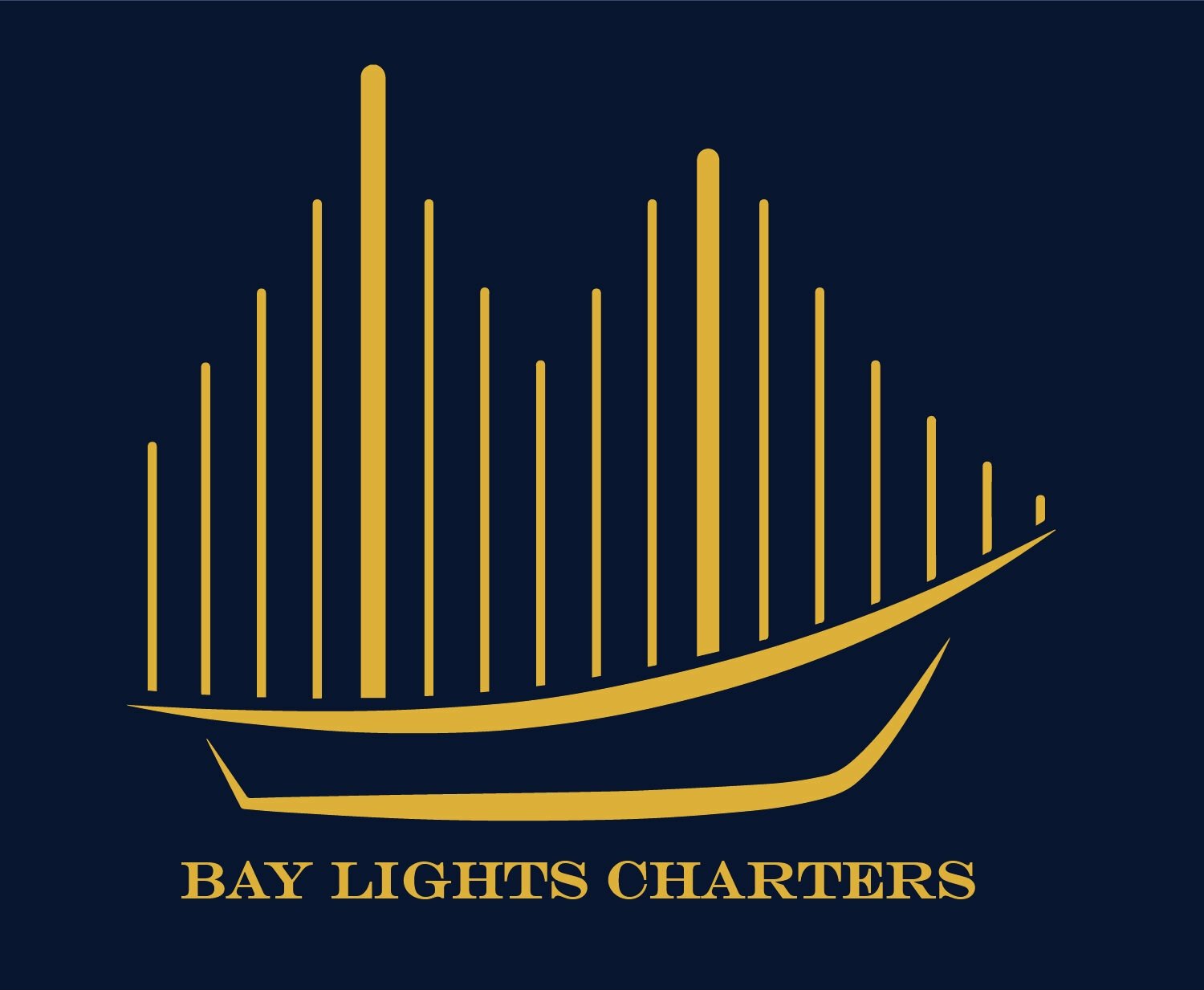Why were scow schooners so important to the San Francisco Bay Area?
Pre-History of San Francisco Bay.
•Why were scow schooners so important to the San Francisco Bay Area?
Written by Captain Steve
Gold was discovered in the Northern California foothills near Sutters Mill in 1847. Word spread quickly across the nation and the world. By early 1848, hundreds, if not thousands of people from all walks of life descended on the small community of San Francisco by ship and overland trails to find their fortune.
Once here, they immediately required transportation and goods and services to not only get them to the mountains, but also to transport the necessary tools for mining and living in difficult conditions.
Railroad tracks, bridges and even paved roads did not exist here at this time and not for decades later. Therefore, the only way to swiftly and efficiently move people, their possessions and all the necessary goods for survival was by water.
A unique design of vessel had been in service for some time prior to the Gold Rush years dubbed the “scow”. The scow hull was
Characterized by its flat bottom, retractable centerboard and its flat forward section. All of these characteristics added up to a vessel that could carry nearly twice the weight and float in half the water depth of a traditional rounded bottom vessel found worldwide. “Handy” was the term that sailors and seafarers used to describe these scows of the day. This meant they were highly regarded in their profession as simply having all of the right qualities for the job. The square design of the scow also made it inexpensive to build and build quickly. It was found in many places, but in the relatively shallow and protected waters of San Francisco Bay and its tributaries as well as the Sacramento and San Joaquin rivers which formed the huge California Delta, the scow was as near a perfect vessel as could be had.
These scows were initially powered by the wind. The rig design that was preferable was called the schooner rig with at least 2 masts set with 3
sails. Thus the boat could be balanced under sail even in the strong winds of the Bay relatively easy by a small crew.
The scow schooner was found navigating all over the Bay in small numbers, then in 1848 a massive demand was placed on the logistics of getting people and goods from point A to B.
The scow schooner literally put the area on the map and helped create and build the economic engine required to handle the daily influx of people. The scow schooner was the 18 wheeler, container ship, freight train and passenger ferry of the day when everything from hay to feed horses to bricks for building structures to passenger transportation was needed in great volume. It is estimated that over 700 scow schooners were built in the Bay Area around this time. The vessels were the essential part of the giant economy that reliable transportation provided. It is a fact that the Gold Rush success bolstered by the scow schooner helped fund the Civil War and many other national projects.
The scow schooner design was so popular that long after the California Gold Rush ended, they were still in service on the Bay....especially before the bridges were built and the rail lines connected east to west.
Our vessel, Gas Light is a living replica of an actual scow schooner of the same name that was in service here around 1874. In place of the cargo hold, a beautiful white oak and mahogany interior with comfortable seating awaits you. The wooden frame hull has been replaced with a modern steel structure. On deck, you will find traditional Douglas Fur masts and all of the rigging you would see if you stepped back in time 160 years.
We choose to raise, lower and trim Gas Light’s sails all by hand the way it was done back then. We keep the nostalgia of these ships alive and give you a chance to charter and sail on this bit of history.
Welcome aboard with Bay Lights Charters and Gas Light!

